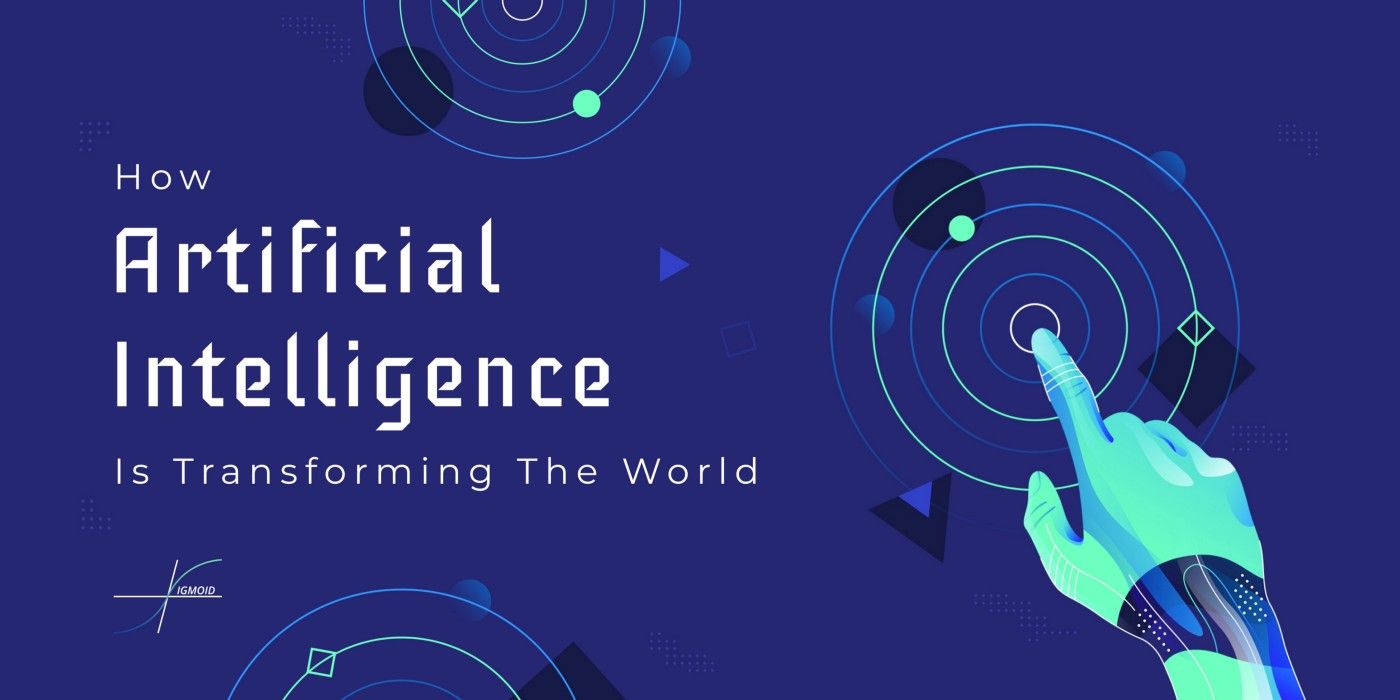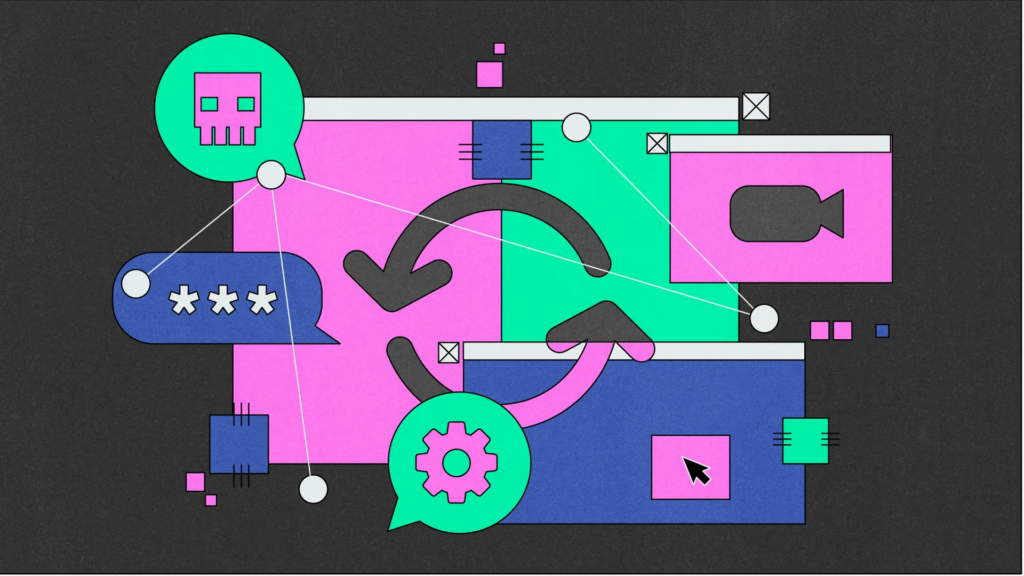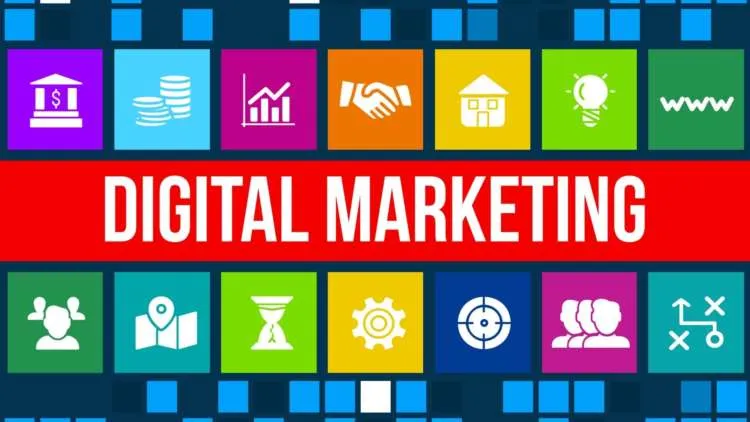Artificial intelligence (AI) is transforming the world in numerous ways, revolutionizing various industries and impacting our daily lives. Here are some key areas where AI is making a significant impact:
- Automation: AI technologies are enabling automation of repetitive and mundane tasks, freeing up human resources for more complex and creative work. Industries such as manufacturing, logistics, and customer service are benefiting from AI-powered automation, leading to increased efficiency and productivity.
- Healthcare: AI is revolutionizing healthcare by enhancing diagnostics, improving patient care, and aiding in drug discovery. AI algorithms can analyze medical images, such as X-rays and MRIs, to detect abnormalities with high accuracy. AI-powered chatbots and virtual nurses are providing personalized patient support and monitoring. Additionally, AI is helping researchers analyze large volumes of medical data to identify patterns and develop new treatments.
- Personalization: AI algorithms can analyze vast amounts of user data and provide personalized recommendations. Online platforms like Netflix, Spotify, and Amazon use AI to understand user preferences and suggest relevant movies, music, and products. This level of personalization enhances user experience and improves customer satisfaction.
- Financial Services: AI is transforming the financial industry by automating processes, detecting fraud, and improving risk assessment. AI-powered chatbots and virtual assistants are being used for customer service, while algorithms analyze financial data to detect fraudulent transactions. AI-driven robo-advisors provide personalized investment advice based on individual goals and risk profiles.
- Transportation: AI is playing a vital role in transforming transportation systems. Self-driving cars, enabled by AI technologies like computer vision and machine learning, are being developed by companies like Tesla and Waymo. AI algorithms optimize traffic flow, reduce congestion, and improve public transportation systems. Additionally, AI is being used for predictive maintenance in aviation and railways, enhancing safety and efficiency.
- Education: AI is revolutionizing education by providing personalized learning experiences, automating administrative tasks, and facilitating adaptive assessments. AI-powered tutoring systems adapt to individual students’ learning styles, providing targeted support and feedback. Intelligent virtual assistants are being used for administrative tasks like scheduling and grading, freeing up time for teachers to focus on instruction.
- Environmental Impact: AI is being utilized to tackle environmental challenges. It helps optimize energy consumption, manage waste more efficiently, and monitor and protect ecosystems. AI algorithms can analyze data from sensors and satellites to identify patterns related to climate change, deforestation, and pollution, enabling better decision-making for environmental conservation.
- Cybersecurity: AI is being used to detect and respond to cyber threats in real-time. AI algorithms can analyze large volumes of data to identify patterns indicative of malicious activities. AI-powered systems enhance network security by continuously monitoring and adapting to new threats, protecting against cyberattacks.
These are just a few examples of how AI is transforming the world. As AI continues to advance, its impact is likely to grow, creating new opportunities and challenges across various domains
Qualities of Artificial Intelligence
Artificial Intelligence (AI) exhibits several key qualities that enable it to perform intelligent tasks and emulate human-like behavior. Here are some important qualities of AI:
- Machine Learning: AI systems have the ability to learn from data and improve their performance over time. Machine learning algorithms allow AI models to identify patterns, make predictions, and adapt their behavior based on feedback and experience. This quality enables AI to become more accurate and efficient with increasing amounts of data.
- Reasoning and Problem Solving: AI can employ logical reasoning and problem-solving techniques to analyze complex scenarios, evaluate options, and make informed decisions. By leveraging algorithms and rules, AI systems can simulate human reasoning processes and derive solutions to challenging problems.
- Natural Language Processing: AI can understand, interpret, and generate human language. Natural Language Processing (NLP) allows AI systems to comprehend and respond to text or speech, enabling communication between humans and machines. NLP powers virtual assistants, chatbots, and language translation tools.
- Computer Vision: AI can process and interpret visual information, similar to how humans perceive and understand images and videos. Computer vision algorithms enable AI to analyze and extract meaningful insights from visual data, such as object recognition, image classification, and facial recognition.
- Adaptability: AI systems can adapt to new situations and environments. They can learn from changing circumstances, adjust their behavior, and handle novel or unfamiliar tasks. This adaptability allows AI to tackle dynamic scenarios and respond effectively to evolving conditions.
- Automation and Efficiency: AI excels in automating tasks that were traditionally performed by humans. By leveraging algorithms and data processing capabilities, AI can execute repetitive and time-consuming tasks with greater speed and accuracy. This quality leads to increased efficiency and productivity in various industries.
- Creativity and Innovation: AI has the potential to exhibit creative thinking and generate novel ideas. AI models trained on vast amounts of data can come up with innovative solutions, designs, or artworks. Creative AI applications can be found in areas like music composition, artwork generation, and product design.
- Scalability: AI systems can scale their operations to handle large amounts of data and perform complex computations. With the ability to process immense volumes of information quickly, AI can handle big data analytics, make accurate predictions, and provide insights at scale.
- Emotional Intelligence: While still developing, AI is beginning to exhibit emotional intelligence to some extent. Emotional AI aims to recognize and understand human emotions, including facial expressions, tone of voice, and sentiment analysis. This quality enables AI to provide empathetic interactions and support in areas like mental health, customer service, and social robotics.
- Ethical Decision Making: As AI progresses, there is a growing emphasis on developing ethical AI systems. AI is being designed to make ethical decisions and abide by moral principles, considering factors like fairness, transparency, and privacy. This quality ensures responsible and trustworthy AI applications.
It’s important to note that the qualities of AI can vary depending on the specific algorithms, models, and technologies employed. AI systems can exhibit a combination of these qualities to varying degrees, depending on their intended purpose and design
Application in diverse sectors
Artificial Intelligence (AI) has a wide range of applications across diverse sectors. Here are some notable examples:
- Healthcare: AI is transforming healthcare with applications such as medical image analysis, disease diagnosis, and drug discovery. AI algorithms can analyze medical images like X-rays, MRIs, and CT scans to detect abnormalities and assist in diagnosis. AI-powered chatbots and virtual nurses provide personalized patient support and monitoring. Additionally, AI is used to analyze large volumes of medical data to identify patterns and develop new treatments.
- Finance: AI is revolutionizing the finance industry by automating processes, improving risk assessment, and detecting fraud. AI algorithms can analyze vast amounts of financial data to predict market trends and make investment decisions. Robo-advisors provide personalized investment advice based on individual goals and risk profiles. AI-powered systems also help detect fraudulent transactions and enhance cybersecurity in financial institutions.
- Transportation: AI is being applied in transportation for various purposes. Self-driving cars, enabled by AI technologies like computer vision and machine learning, are being developed. AI algorithms optimize traffic flow, reduce congestion, and improve public transportation systems. AI is also used in predictive maintenance for aviation and railways, enhancing safety and efficiency.
- Education: AI is transforming education by enabling personalized learning experiences and automating administrative tasks. AI-powered tutoring systems adapt to individual students’ learning styles, providing targeted support and feedback. Intelligent virtual assistants assist with administrative tasks like scheduling and grading, freeing up time for teachers. AI also facilitates adaptive assessments, tailoring questions to students’ skill levels and learning progress.
- Retail: AI is revolutionizing the retail industry by enhancing customer experience, optimizing inventory management, and enabling personalized recommendations. AI-powered chatbots and virtual assistants provide customer support and personalized shopping experiences. AI algorithms analyze customer data to offer targeted product recommendations and pricing strategies. Computer vision technology can enable cashier-less stores and enhance the shopping experience.
- Manufacturing: AI is transforming manufacturing processes by enabling automation, predictive maintenance, and quality control. AI-powered robots and machines can automate repetitive and complex tasks, improving efficiency and productivity. AI algorithms analyze sensor data to predict equipment failures and schedule maintenance proactively. Computer vision systems can inspect and identify defects in products, improving quality control.
- Energy: AI is used in the energy sector for optimizing energy consumption, improving renewable energy management, and enhancing grid efficiency. AI algorithms analyze data from smart grids to optimize energy distribution and reduce energy waste. AI-powered systems can predict energy demand and adjust supply accordingly. Additionally, AI aids in optimizing energy-intensive processes in industries, reducing overall energy consumption.
- Agriculture: AI is being applied in agriculture to optimize crop yield, monitor soil conditions, and enable precision farming. AI-powered systems analyze data from sensors, satellites, and drones to provide real-time insights on crop health, irrigation needs, and pest detection. This information helps farmers make informed decisions and maximize productivity while minimizing resource usage.
These examples highlight just a few sectors where AI is making a significant impact. AI’s potential spans across many other areas, including gaming, entertainment, law, customer service, and more. As AI continues to advance, its applications are expected to expand and transform various sectors even further
Policy, Regulatory, and ethical issues
As artificial intelligence (AI) becomes increasingly pervasive, several policy, regulatory, and ethical issues have emerged. Here are some of the key considerations:
- Privacy and Data Protection: AI systems often rely on vast amounts of data to learn and make decisions. This raises concerns about the privacy and security of personal information. Regulations, such as the General Data Protection Regulation (GDPR), aim to protect individuals’ data rights and ensure transparency and consent in data collection and processing.
- Bias and Fairness: AI algorithms can inherit biases present in the data they are trained on, leading to biased outcomes. This can result in discriminatory practices, such as in hiring, lending, or criminal justice systems. Ensuring fairness and mitigating bias in AI systems is a critical ethical concern that requires careful algorithm design, diverse training data, and ongoing monitoring.
- Accountability and Transparency: AI systems often operate as “black boxes,” making it challenging to understand how they arrive at decisions. Ensuring accountability and transparency is crucial for building trust in AI. Regulations may require explanations of AI decisions, auditing mechanisms, and clear lines of responsibility to address potential risks and biases.
- Intellectual Property: AI raises intellectual property (IP) challenges, as AI-generated work blurs the lines of authorship and ownership. Determining the legal framework for IP rights in AI-generated creations, such as artwork or music, is an ongoing discussion. Balancing the rights of human creators and AI-generated output poses unique challenges.
- Safety and Security: AI systems can have significant impacts on physical and digital safety. Ensuring the safety and security of AI technologies, particularly in critical areas like autonomous vehicles or healthcare, is crucial. Establishing robust regulatory frameworks, testing standards, and certification processes can help address safety concerns and mitigate risks.
- Employment Displacement and Workforce Impact: AI automation has the potential to displace certain jobs and disrupt industries. Preparing the workforce for the AI era and addressing potential job displacement through reskilling, upskilling, and social safety nets are important considerations. Policies that promote lifelong learning and ensure a just transition for workers can help mitigate negative impacts.
- Ethical Decision Making: AI systems may face ethical dilemmas when making decisions that impact human lives. Establishing ethical guidelines and standards for AI development and deployment, such as principles of transparency, accountability, and human oversight, can help address these concerns and ensure responsible AI use.
- International Cooperation and Governance: Given the global nature of AI, establishing international cooperation and governance frameworks is crucial. Collaborative efforts can address issues like data sharing, cross-border AI deployment, and harmonizing ethical and regulatory standards to prevent fragmentation and ensure ethical and responsible AI development globally.
Addressing these policy, regulatory, and ethical issues requires a multidisciplinary approach involving policymakers, industry leaders, researchers, and civil society. It involves striking a balance between promoting innovation and reaping the benefits of AI while safeguarding human rights, privacy, and societal well-being. Ongoing discussions, collaboration, and adaptive regulatory frameworks are necessary to navigate the evolving landscape of AI technology responsibly.
RECOMMENDATIONS
Here are some recommendations for addressing the policy, regulatory, and ethical issues related to artificial intelligence (AI):
- Robust Ethical Frameworks: Develop and implement comprehensive ethical frameworks that guide the development and deployment of AI systems. These frameworks should encompass principles such as fairness, transparency, accountability, and human oversight. Encourage organizations to adopt ethical guidelines voluntarily and consider establishing regulatory standards where necessary.
- Transparent and Explainable AI: Promote transparency and explainability in AI systems. Encourage the development of techniques and standards that enable users to understand how AI systems make decisions. This could involve providing explanations, audits, and accessible documentation of algorithms and data sources.
- Data Governance and Privacy: Strengthen data governance and privacy regulations to protect individuals’ rights and ensure responsible data use in AI applications. Emphasize principles like informed consent, data minimization, purpose limitation, and the right to access and rectify personal data. Encourage organizations to implement privacy-enhancing technologies and adopt privacy-by-design practices.
- Addressing Bias and Fairness: Promote awareness and mitigation of bias in AI systems. Encourage diverse and representative datasets, audit mechanisms, and regular monitoring to identify and rectify biases. Foster research and collaboration to develop techniques that mitigate bias and ensure fairness in AI algorithms.
- Safety and Security Standards: Establish regulatory standards and certification processes to ensure the safety and security of AI systems, especially in critical domains like autonomous vehicles and healthcare. Encourage organizations to adopt best practices in system design, testing, and risk assessment. Foster information sharing and collaboration to address emerging security threats in AI.
- Education and Workforce Development: Invest in education and workforce development programs to equip individuals with the skills necessary to understand, develop, and manage AI technologies. Promote lifelong learning initiatives, reskilling, and upskilling programs to mitigate the impact of job displacement and ensure a smooth transition for workers.
- International Cooperation and Standards: Foster international cooperation and collaboration to establish harmonized regulatory frameworks, ethical guidelines, and data sharing mechanisms. Facilitate the exchange of best practices, research, and policy insights to address global challenges related to AI. Encourage organizations to adopt international standards to ensure interoperability and ethical use of AI technologies.
- Public Engagement and Participation: Foster public engagement and inclusivity in AI policy discussions. Seek input from diverse stakeholders, including civil society organizations, academia, and the general public. Encourage transparency in decision-making processes and create platforms for public dialogue to ensure AI development aligns with societal values and addresses public concerns.
These recommendations aim to strike a balance between promoting innovation and harnessing the potential of AI while safeguarding human rights, privacy, and societal well-being. Continuous dialogue, collaboration, and iterative policymaking are essential to navigate the evolving landscape of AI technology responsibly.
Read More: What is BaaS? | Backend-as-a-Service vs. serverless





